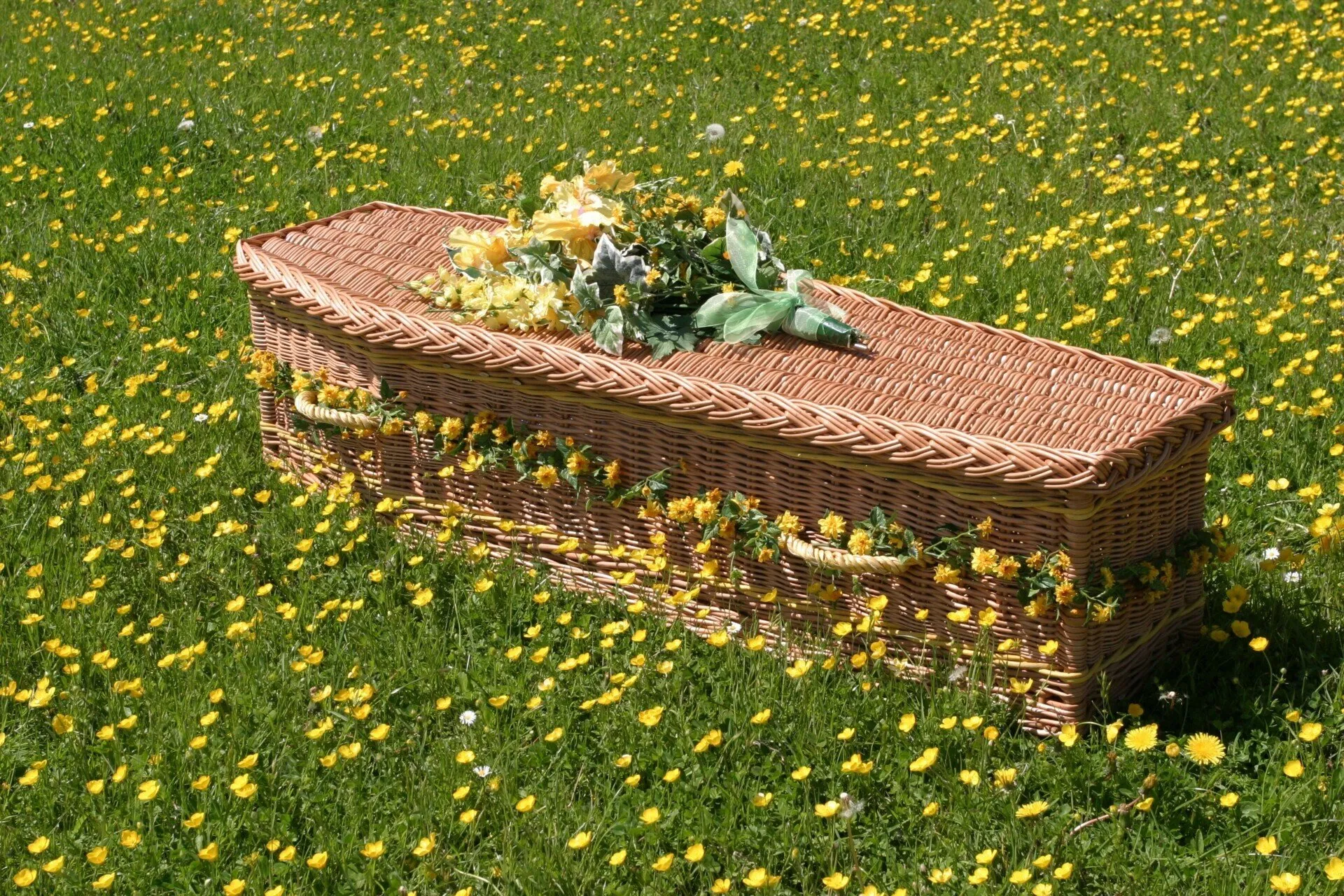The way we think about funerals is changing, and one of the most significant shifts we’re seeing is the rise of natural burials. More and more people are opting for eco-friendly, simpler burial methods instead of the traditional ones. Natural burials aren’t just a way to reduce our environmental footprint; they’re also becoming a more affordable alternative to expensive funeral practices. Let’s take a closer look at how natural burials are disrupting the funeral industry and why they’re becoming an increasingly popular and cost-effective choice.
Rising Popularity of Natural Burials
As we become more aware of the impact our actions have on the planet, many people are seeking more sustainable end-of-life options. Natural burials are gaining traction, especially among younger generations who are more environmentally conscious and want to reduce their carbon footprint. With sustainability now at the forefront of many people’s minds, natural burials are viewed not just as a way to honour a loved one but also as a final act of environmental responsibility.
In recent years, the demand for affordable natural burial sites has steadily increased. In the UK, green burial sites are becoming more widely available, with new sites opening up regularly to meet this growing demand. This shift reflects broader changes in how we think about death and legacy, with many opting for a more peaceful and sustainable way to be laid to rest.
How Natural Burials Lower Funeral Costs
When it comes to cost, natural burials can provide a significant saving compared to traditional funerals. Here are a few ways natural burials are more affordable:
- Simpler, Cheaper Materials: The materials used in a natural burial are far less expensive. Biodegradable caskets, like those made from wicker, cardboard, or even shroud wraps, are generally much cheaper than traditional wooden or metal caskets.
- No Embalming Costs: Embalming is a costly procedure, with prices often ranging from £100 to £1,000, depending on the services provided. Natural burials skip this step entirely, saving families a substantial amount of money.
- Reduced Use of Land: Green burial grounds often require less intensive maintenance than traditional cemeteries. Without the need for elaborate landscaping, grave markers, or regular upkeep, these burial grounds tend to be more affordable to maintain, which can translate into lower costs for the burial plot itself.
- Lower Funeral Home Fees: Many people planning a traditional funeral will engage a funeral home for everything from transportation to paperwork. Natural burials can often be arranged independently, or with minimal involvement from funeral homes, which means fewer service fees and overall savings.
These savings, combined with the natural appeal of being more environmentally friendly, make natural burials a compelling choice for families looking to minimise funeral costs.
The Environmental Benefits of Natural Burials
While the cost-saving aspects are certainly appealing, natural burials are also a much greener option compared to conventional funeral practices. By choosing a green burial, families are not only saving money but also reducing their environmental impact.
The process of embalming, for instance, involves chemicals that are toxic to the environment. Traditional metal caskets and concrete vaults can take decades, if not centuries, to break down. On the other hand, natural burials use biodegradable materials that decompose naturally, ensuring that the body returns to the earth without any harmful residues.
Additionally, many natural burial grounds are established on land that is maintained in its natural state, often becoming conservation areas or wildlife reserves. This means that a green burial not only avoids contributing to environmental harm but also supports the preservation of green spaces for future generations.
What You Should Discuss with a Natural Burial
Once you’ve decided that you want to go down the route of having a natural burial, you’re eager to get the process started. End-of-life planning can seem sad to begin with, but it can be rewarding once it’s finished. You know that you’ve taken care of everything for your family, and it’s been paid for.
But, know that rushing into decisions can impact how you feel. Here are some elements you need to discuss before deciding on a natural burial.
The Right Location
Suddenly, when you start looking into natural burials, you’ll discover that there are various locations. We don’t just mean around the country. But, we’re also referring to the landscape and what it looks like. For instance, meadows are popular, as well as natural forests. While both can make the perfect resting place, they have different vibes and you might prefer one over the other.
The Price
Of course, you’ve got to make some practical decisions with a natural burial. This includes sticking to your budget. Always find out the pricing options before arranging your burial. This ensures that you can pay everything in a timely manner and it can be sorted out before you pass away. This can relieve the burden on family members.
Personalisations
Did you know that you can personalise a natural burial plot? It’s not just arranging the location of the plot that you have control of. You can also choose to plant flowers or trees, as well as choose other accessories to make this place special. After all, it will be a memorial for you and somewhere that your family can visit to spend time with you.
Conclusion
Natural burials are an innovative, sustainable alternative to traditional funeral practices, offering families a more affordable way to say goodbye while helping to preserve the planet. With lower costs, fewer environmental impacts, and growing availability, natural burials are changing the way we think about death and legacy. As the funeral industry continues to evolve, it’s clear that natural burials are here to stay, and they may just be the future of end-of-life care in the UK.
